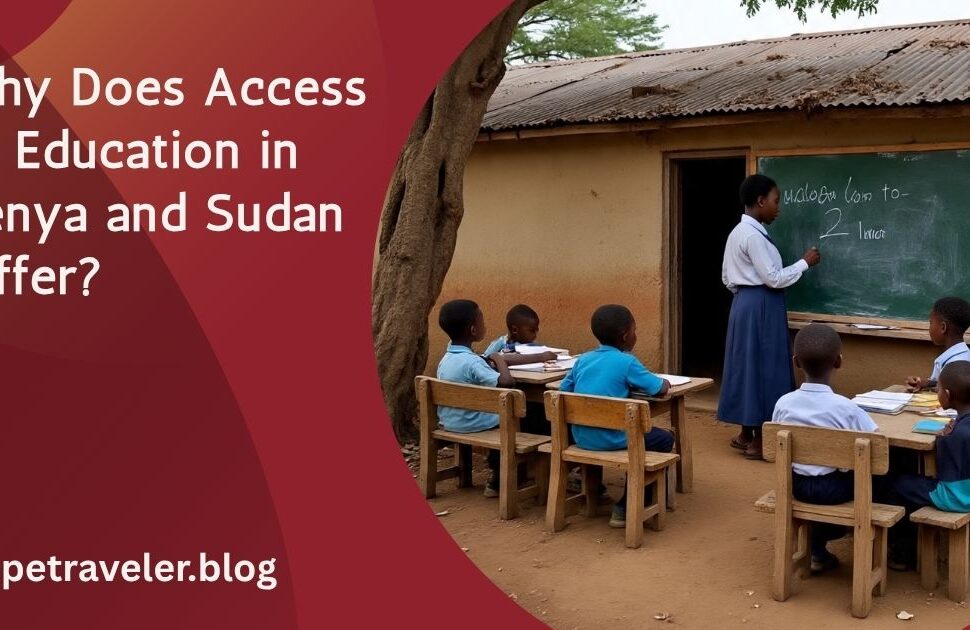Bilingual education in Texas has a rich and complex history shaped by social movements, policy changes, and the resilience of educators and students. The phrase “Ten Who Dared Texas Bilingual Education” refers to the bold pioneers—educators, activists, and policymakers—who stood up to challenge linguistic inequity and transform the educational landscape for bilingual students in Texas. This article dives into the story behind bilingual education in Texas, introduces key individuals and events, and discusses the ongoing impact of their work.
Understanding Bilingual Education
Before delving into the ten figures who shaped Texas bilingual education, it’s essential to understand what bilingual education entails. Bilingual education refers to teaching academic content in two languages, the student’s native language and a secondary language—usually English in the United States. The goal is to ensure students become proficient in both languages while maintaining academic performance.
You can learn more about this subject from the Bilingual education page on Wikipedia.
The Historical Backdrop of Bilingual Education in Texas
Texas has long had a significant population of Spanish-speaking students due to its proximity to Mexico and historical demographics. However, for many decades, public education policies discouraged the use of any language other than English in classrooms. The English-only approach dominated public schools, resulting in the marginalization of non-English-speaking students.
This changed significantly with the 1968 Bilingual Education Act, which marked the first federal recognition of bilingual education. The movement gained more traction in Texas when Senate Bill 121 was signed into law in 1973, mandating bilingual education in Texas public schools.
The struggle leading up to and following this legislation was not without its heroes. Enter the “Ten Who Dared.”
The Ten Who Dared: Trailblazers of Bilingual Education in Texas
The phrase Ten Who Dared is not a formal title but a recognition of the key individuals and advocates who laid the foundation for bilingual education in Texas. These are community leaders, teachers, policymakers, and civil rights activists who believed in language equity. Below are profiles of ten such figures or entities instrumental in this movement:
1. Lauro Cavazos
As the first Hispanic U.S. Secretary of Education and a prominent Texan, Lauro Cavazos was a strong advocate for educational access and equity, including bilingual education. His support of federal funding helped maintain bilingual programs across the state.
2. Mario Compean
A co-founder of the La Raza Unida Party, Mario Compean was an advocate for Chicano rights, including language rights. He emphasized the importance of cultural identity and bilingual education in empowering Mexican-American communities in Texas.
3. José Ángel Gutiérrez
Another La Raza Unida founder, Gutiérrez played a vital role in political advocacy and educational reform. He actively pushed for bilingual education as a civil right and was instrumental in influencing state-level discussions.
4. Dr. José A. Cárdenas
Founder of the Intercultural Development Research Association (IDRA) in San Antonio, Cárdenas was a pioneering researcher and voice for bilingual and equitable education in Texas. His work influenced policy and instructional design across school districts.
5. Edgewood ISD Plaintiffs (Rodriguez v. San Antonio ISD)
Although the landmark case focused on school finance, the plaintiffs in Rodriguez v. San Antonio Independent School District (1973) also highlighted educational inequity, including language services. Their courage helped spotlight systemic gaps.
See more about this case on Wikipedia: San Antonio Independent School District v. Rodriguez.
6. Representative Carlos Truan
Truan was the author of Senate Bill 121, the 1973 law that mandated bilingual education in Texas. His legislative courage and commitment to underserved communities marked a turning point in language education policy.
7. Dr. María “Cuca” Robledo Montecel
As president and CEO of IDRA after Dr. Cárdenas, Dr. Montecel continued advocating for bilingual programs and ensuring accountability in school systems for the success of English Language Learners (ELLs).
8. Dr. Alfredo G. de los Santos Jr.
A higher education leader and researcher, Dr. de los Santos emphasized the importance of bilingual education as a pathway to college readiness for Mexican-American students.
9. Dolores Huerta
Though based in California, Dolores Huerta‘s influence on labor and language rights reached Texas. Her advocacy for culturally responsive education inspired many bilingual education movements across the Southwest.
10. Texas Association for Bilingual Education (TABE)
An organization rather than an individual, TABE continues to lead advocacy, training, and policy development for bilingual educators and programs in Texas. Founded by early educators committed to language justice, it embodies the daring legacy of the movement.
Learn more about TABE on their official site.
Challenges Along the Way
Despite the legislative progress, bilingual education in Texas has faced many setbacks. Political opposition, budget cuts, and standardized testing pressures often place bilingual programs at risk. The “English Only” movements that surged in the 1980s and 1990s, including attempts to overturn bilingual laws, posed significant threats to progress.
Additionally, a lack of qualified bilingual educators remains a challenge. Texas continues to face a teacher shortage in bilingual classrooms, impacting the consistency and quality of instruction for English learners.
Cultural Impact and Significance
The work of the ten who dared has had a profound cultural impact on Texas communities. By legitimizing bilingual education, they helped to restore pride in linguistic heritage and cultural identity. Bilingual students are now seen not as deficient in English, but as biliterate, multicultural individuals with unique contributions.
This shift is crucial in a state where over 40% of the population identifies as Hispanic or Latino. Bilingual education supports students’ academic success, strengthens communities, and preserves cultural continuity.
Current Status of Bilingual Education in Texas
As of 2025, Texas has some of the largest bilingual education programs in the United States. The Texas Education Agency (TEA) oversees a wide range of bilingual and English as a Second Language (ESL) programs. Schools offer transitional bilingual/early exit, transitional bilingual/late exit, and dual language immersion programs.
Despite progress, disparities remain. Advocates continue to push for equitable funding, more bilingual teacher training, and culturally responsive curricula.
Refer to the Texas Education Agency for up-to-date bilingual education policy and resources.
Conclusion
The journey of bilingual education in Texas is a testament to the bravery and determination of those who stood up for educational justice. The Ten Who Dared Texas Bilingual Education remind us that change often begins with a few individuals willing to challenge the status quo. From lawmakers to community activists, their combined efforts have paved the way for generations of bilingual students to thrive academically and culturally.
As Texas continues to grow in diversity, honoring the legacy of these pioneers becomes even more crucial. Bilingual education is not merely a program—it is a bridge to equity, identity, and opportunity.




